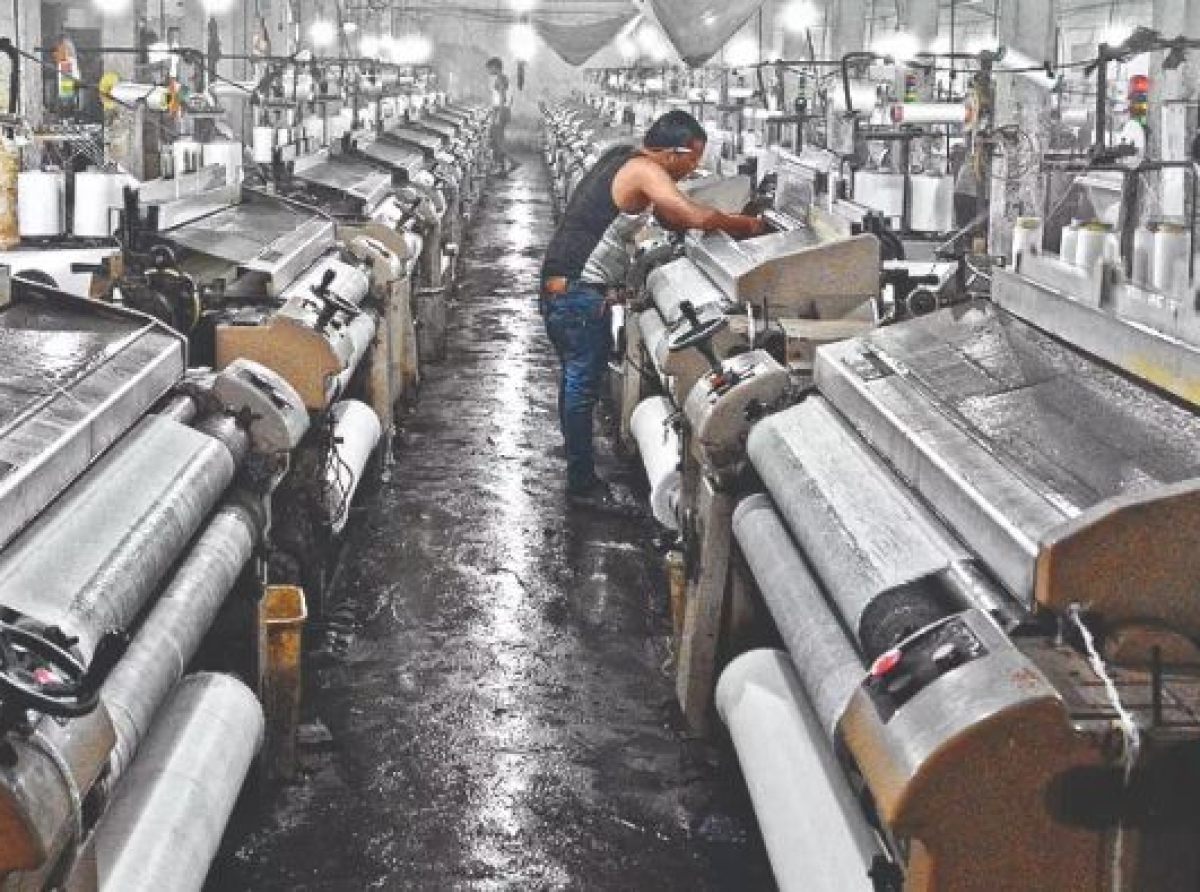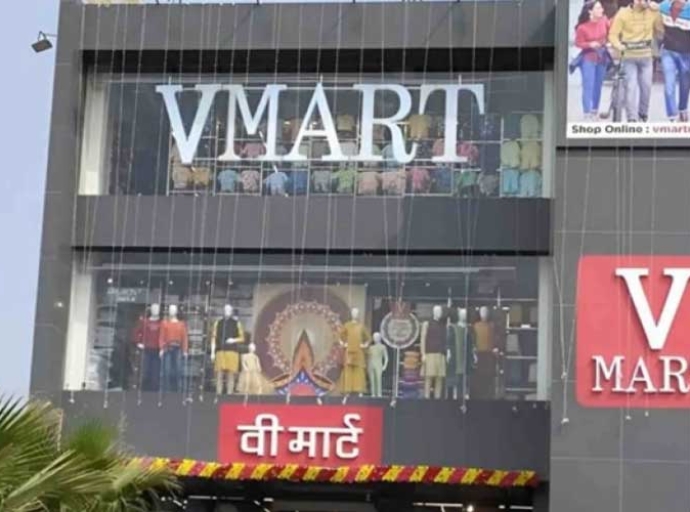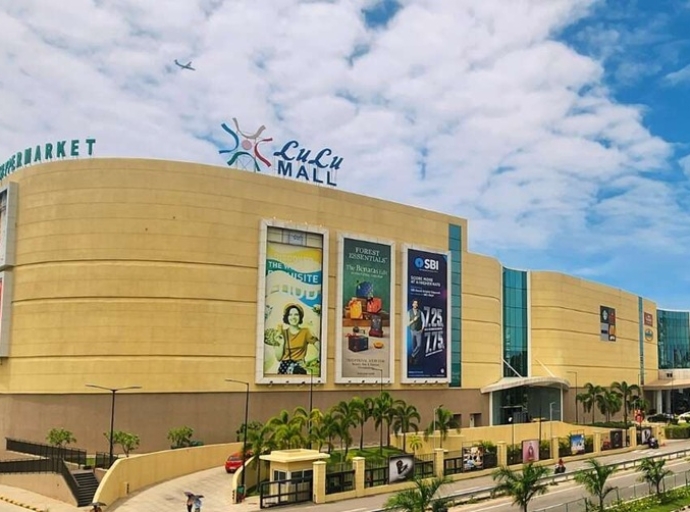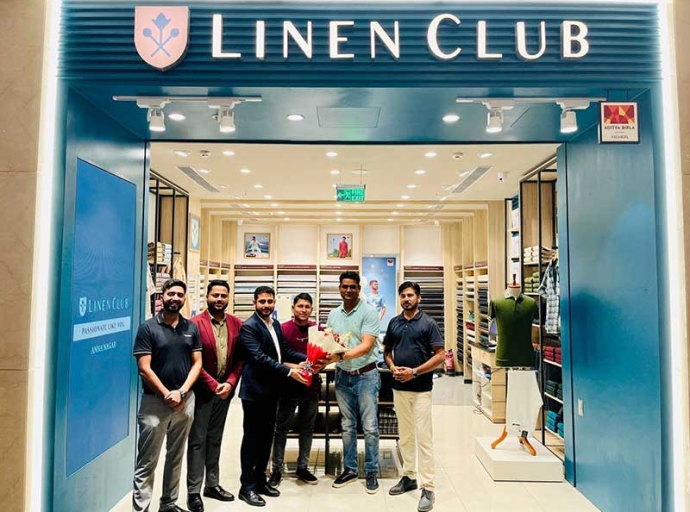06 February 2023, Mumbai
The largest synthetic fabric market in India is located in Surat. It has over 75,000 textile merchants who employ 8.5 lakh power looms and over 400 processing facilities to create more than 4.5 crore meters of fabric daily. These are then sold in 200 wholesale marketplaces with over 70,000 stores and 15 lakh people who operate in those markets.
The sales have fallen to an all-time low in the last several months, but this textile powerhouse is currently in an unprecedented crisis. Nearly 70 processing and dyeing operations have already had to close.
The bigger picture of Surat textile
The Federation of Surat Textile Traders Association's Manoj Agarwal claims that although output has increased, sales have become problematic. We need help with domestic sales, he claims. The textile industry in Surat is being impacted by inflation because consumers put off buying clothing. There is a lot of production, but the issue is sales.
The main problems are rising import coal costs, lignite coal prices, and limited demand. The cost of coal used to be one rupee a meter, according to South Gujarat Textile Processors Association President Jitu Vakharia. Whether it is high-scale or regular fabric, nothing costs less than Rs 2.5-3.25 per meter.
Before this, we could purchase coal on credit, but now we must pay in advance or upon delivery. The government has been urged to establish a garment center by Surat's textile sector to support the transition to ready-made clothing. It's a five-year-old request that has yet to receive any attention.
The ability to produce ready-made clothing would enable them to meet the rising domestic demand and open up opportunities for international commerce and exports. They will have considerable potential in a market with weak demand because less than 5% of the cloth produced in Surat is now exported.
The allocation of various financial aids
A glance at the financial allocation reveals that the budgetary funds for the textile industry have increased by more than 20%, which might be utilized to support the sector's expansion.
The overall textile grant for the fiscal year 2023–24 has been set at Rs. 4,389.34 crores, or around 22.6% more than the amended budget grant for the fiscal year 2022–23.
PM MITRA Parks received a grant of 200 crore rupees from the current budget, whereas the PLI Scheme received a grant of 5 crore rupees. Plans encouraging investments and capacity building, such as the National Technical Textiles Mission (NTTM), PM-MITRA, and textile development cluster plan, receive higher financial allocations.
Additional wise choices have been made in this budget. This budget is often a good one that emphasizes growth and the future. India's effort to become a strong economy with the quickest growth rate will be aided by the focus on inclusive development, green growth, young power, and investment in infrastructure.
The announcement to expand the PLI program to new industries and assistance for the MSME sector would boost the nation's exports and investment. Given that the nation is only generating 20% of the required machinery, the government might have avoided raising the essential customs duty on textile machinery from 5% to 7.5%. This will affect the following investments in this industry.
For the next three years, or until domestic producers are established to fulfill domestic demand, the industry has recommended the retention of a 5% import levy on all textile machinery.
In the absence of the Technology Upgradation Fund Scheme, which was popular from the first of April 1999 to the end of March 2022, this will have some effect on both the recently announced PLI Scheme and PM MITRA Scheme as the competitiveness of the world market.
Although the funding for the MAI Scheme has increased from Rs. 160 crores in 2022–2023 to Rs. 200 crores in 2023–24, this may not be sufficient given the growing number of possibilities for showcasing provided by international trade exhibitions, which must be taken advantage of.
A planned strategy for aggressive foreign marketing may be announced with a sizable corpus to encourage exporters to promote their products internationally.
Latest Publications


































